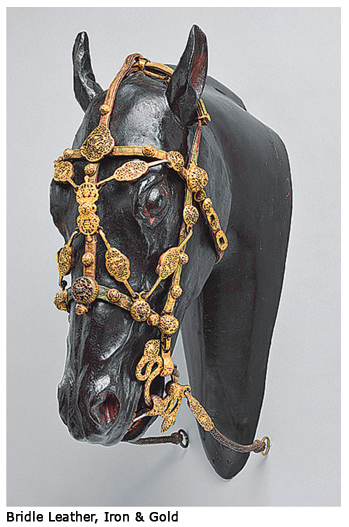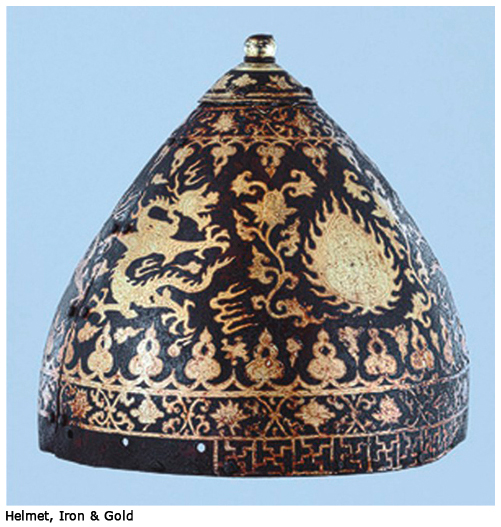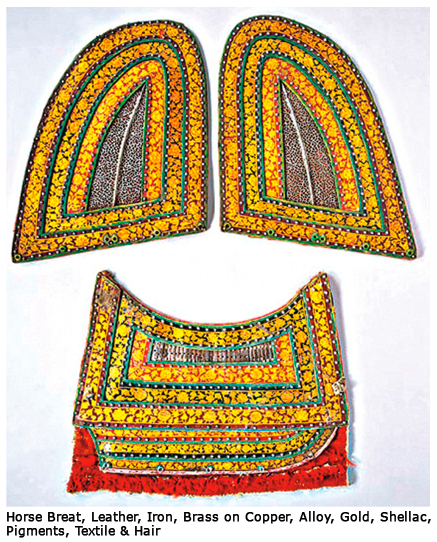- Publisher's Note
- Editorial
- In Conversation with Kanishka Raja
- Definitional Lack in an Inclusive World: Cutting Edge as Responsible Art
- Democratization Through Cutting Edge Art
- Mumbai for Cutting Edge
- Moments in Time (And a Little While After)
- In Transition
- Tip of Our Times
- Srishti School of Art, Design and Technology – A Cradle for Creative Excellence
- Cutting the Edges of Architecture
- Overview Cutting Edge
- The Matter Within: New Contemporary Art of India Featuring Photography, Sculpture and Video
- Generation in Transition: New Art from India
- Indian Master Painters at India Art Festival
- Life, Luxury & the Avant-Garde
- Mother India: The Goddess in Indian Painting
- The Last Harvest: Paintings of Rabindranath Tagore
- Asia Society Museum Presents Exhibition of Rabindranath Tagore's Paintings and Drawings
- Stieglitz and his Artists: Matisse to O'Keeffee
- Beauty of Unguarded Moments
- Across Times, Across Borders: A Report on the Chinese Art Exhibition
- A Summer in Paris
- Random Strokes
- The Emperor’s New Clothes and What It Really Means
- Understanding Versus Adulation
- What Happened and What’s Forthcoming
- Occupy Wall Street, The New Economic Depression And Populist Art
- Unconventional with Witty Undertones
- Narratives of Common Life and Allegorical Tales In Traditional and Modern Forms the Best of Kalighat 'Pats'
- Colours of the Desert
- Unbound
- I Am Here, An Exhibition of Video Self Portraits at Jaaga
- Staging Selves: Power, Performativity & Portraiture
- Venice Biennale Outreach Programme A Circle of Making I and II
- Cartography of Narratives, Contemplations on Time
- Joseph Kosuth: The Mind's Image of Itself #3' A Play of Architecture and the Mind
- Maharaja: Reminiscing the Glorious Past
- Art from Thirteen Asian Nations
- Tibetan Arms and Armor at Metrpolitan Museum of Art
- The Art of Poster Advertisement
- Unusual Angles and Facets of Museum Buildings
- Elegant Fantasies
- Art Collection and Initiatives
- Art Events Kolkata
- Mumbai Art Sighting
- Art Bengaluru
- Musings from Chennai
- Preview
- In the News
ART news & views
Tibetan Arms and Armor at Metrpolitan Museum of Art
Volume: 4 Issue No: 22 Month: 11 Year: 2011
Antique
 Many excellent examples of Tibetan arms and armour can be found in museum collections today. It is largely due to the fact that various types of armour and weapons continued to be used in Tibet in the early twentieth century, long after they had gone out of use in the West. Other types were preserved for ceremonial occasions, the most important of which was the Great Prayer Festival, a month-long event held annually in the Tibetan capital of Lhasa. Historical armour and weapons were also preserved due to the long-standing tradition of placing votive arms in monasteries and temples, where they are kept in special chapels, known as gonkhang (mgon khang), and dedicated to the service of guardian deities.
Many excellent examples of Tibetan arms and armour can be found in museum collections today. It is largely due to the fact that various types of armour and weapons continued to be used in Tibet in the early twentieth century, long after they had gone out of use in the West. Other types were preserved for ceremonial occasions, the most important of which was the Great Prayer Festival, a month-long event held annually in the Tibetan capital of Lhasa. Historical armour and weapons were also preserved due to the long-standing tradition of placing votive arms in monasteries and temples, where they are kept in special chapels, known as gonkhang (mgon khang), and dedicated to the service of guardian deities.
This exhibition presents approximately forty highlights from the Museum's extensive collection of rare and exquisitely decorated armor, weapons, and equestrian equipment from Tibet and related areas of Mongolia and China, dating from the eighth to the twentieth century. Included are several recent acquisitions that have never before been exhibited or published. The exhibition started at the Metropolitan Museum of Art from December 13, 2007 and continues till Spring 2012.
 The most characteristic form of body armour associated with Tibet is called lamellar armour which is on display in the show. This is made up of horizontal rows of small overlapping plates joined by leather lacing. Two features of lamellar armor distinguish it from scale and other types of armour. First, the plates are laced to one another rather than to a lining or other kind of support material, and second, the rows of lamellae always overlap upwards. Leather armor was also used in Tibet, as it was in many parts of Asia and Central Asia. In addition to being very protective, some Tibetan examples are also elaborately decorated with gold leaf, shellac, and a surface glaze intended to simulate the appearance of lacquer. They include helmets, lamellar armor, and a characteristic type of defense for the left forearm.
The most characteristic form of body armour associated with Tibet is called lamellar armour which is on display in the show. This is made up of horizontal rows of small overlapping plates joined by leather lacing. Two features of lamellar armor distinguish it from scale and other types of armour. First, the plates are laced to one another rather than to a lining or other kind of support material, and second, the rows of lamellae always overlap upwards. Leather armor was also used in Tibet, as it was in many parts of Asia and Central Asia. In addition to being very protective, some Tibetan examples are also elaborately decorated with gold leaf, shellac, and a surface glaze intended to simulate the appearance of lacquer. They include helmets, lamellar armor, and a characteristic type of defense for the left forearm.
 Among the exhibits are also the swords which were the primary handheld weapons in Tibet from the seventh to the early twentieth century. In addition to their utilitarian function, they could also be clear indicators of rank and status, based on their quality or amount of decoration. In some situations, such as among the Khampa tribesmen of eastern Tibet, the sword was an essential part of male dress and still remains an important element of traditional attire. The sword also has rich symbolic significance within Tibetan Buddhism, particularly as the Sword of Wisdom, which represents the ability to cut through spiritual ignorance, and is an important attribute of many deities, such as Manjushri.
Among the exhibits are also the swords which were the primary handheld weapons in Tibet from the seventh to the early twentieth century. In addition to their utilitarian function, they could also be clear indicators of rank and status, based on their quality or amount of decoration. In some situations, such as among the Khampa tribesmen of eastern Tibet, the sword was an essential part of male dress and still remains an important element of traditional attire. The sword also has rich symbolic significance within Tibetan Buddhism, particularly as the Sword of Wisdom, which represents the ability to cut through spiritual ignorance, and is an important attribute of many deities, such as Manjushri.
Frequently used spears will also feature in the collection. The typical fighting spear had a plain and simply made iron spearhead, and a band of iron coiled around the shaft to strengthen it. In addition to this type, however, there were also several forms of ceremonial spears with highly decorated spearheads.